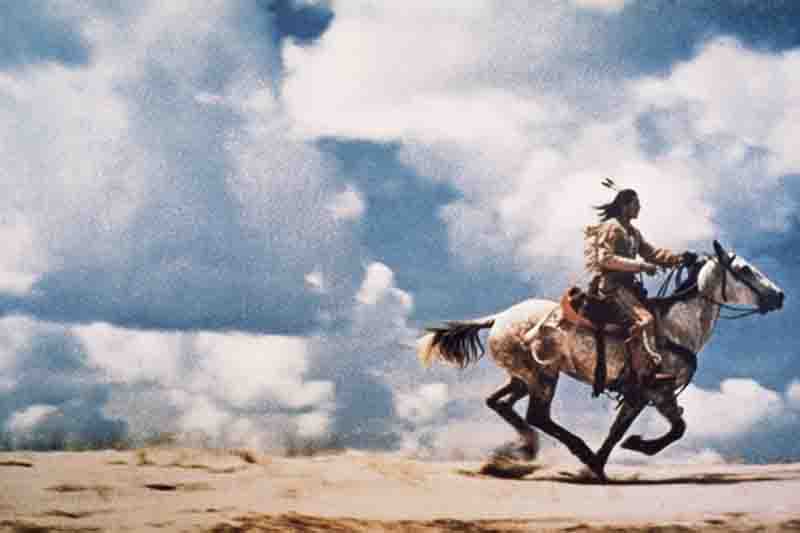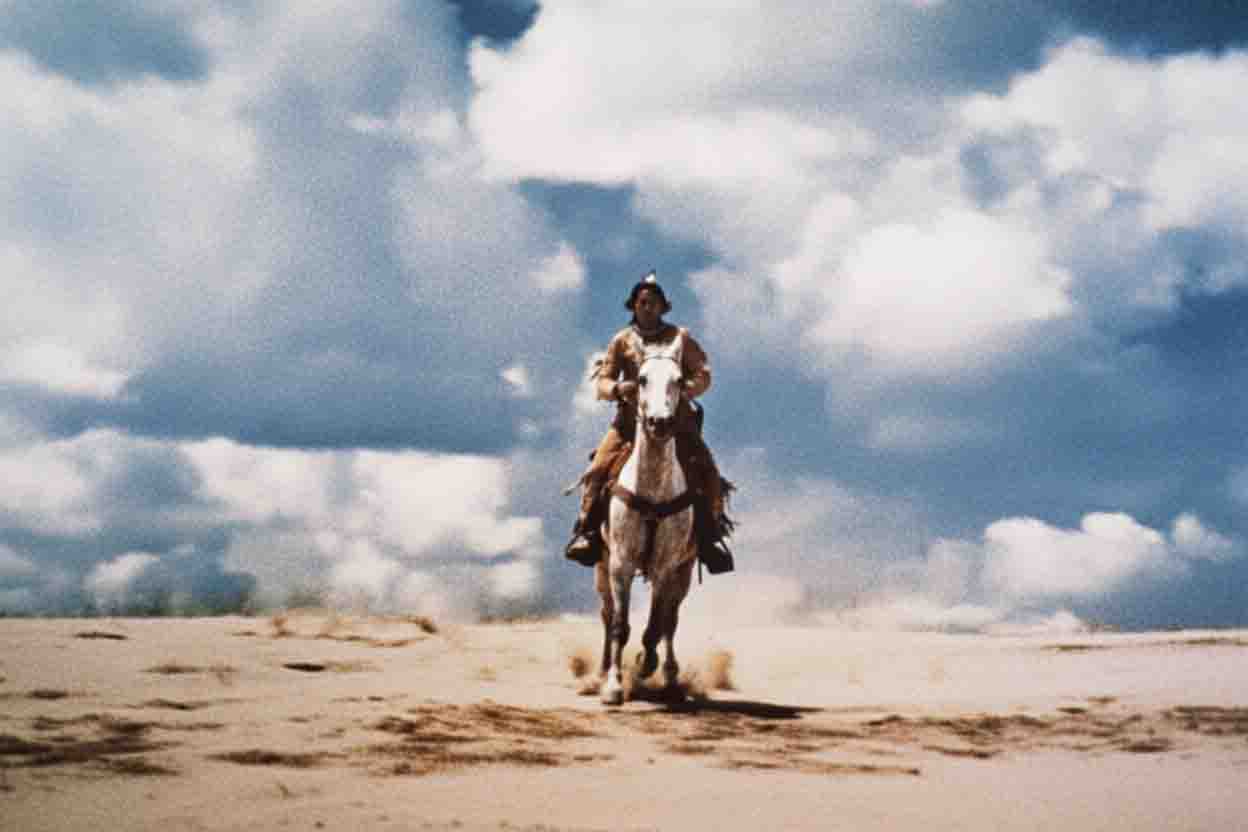From Concept to Composition
Conceptual photography is a style where the idea or message is more important than the image itself. The photograph acts as a tool to communicate meaning rather than simply capture a scene.

In the process, conceptual photography transforms images into carriers of meaning that encourage the viewer to interpret and reflect.
Conceptual photography shifts focus from visual recording to visual thinking.
It transforms the photograph from a record of reality into a vehicle for thought.
The conceptual art movement demands active engagement from viewers, inviting them to question meaning rather than accept appearances.
It asks viewers to consider meaning, context, and interpretation, making it both an intellectual and creative experience.
Photography collectors are drawn to the genre for its intellectual depth and rarity of vision.
Limited editions, distinctive approaches, and strong critical reception enhance value.
Fine art photography galleries support the genre, while digital media has made it more accessible.
Institutions such as Paris Photo and Art Basel highlight conceptual works, reflecting their growing influence.
Museums, like the Museum of Modern Art (MoMA), have dedicated exhibitions and collections to conceptual photography, recognizing its vital role in modern art and its capacity to reflect on current societal issues and artistic innovation.
Academic institutions explore its role in visual culture, linking it to postmodern theory and semiotics.
New technologies, including AI, present further possibilities.
While some critics worry about the authenticity of AI-generated images, others see them as tools for exploring conceptual frameworks in new ways.
Capturing the Story Within
Conceptual photography uses staged scenes, symbolic objects, and creative composition to communicate meaning and provoke thought.
12 Most Important Facts About Conceptual Photography
-
Definition: Conceptual photography prioritizes the idea or message behind an image over its visual aesthetics.
-
Origins: Its roots trace back to early staged works like Hippolyte Bayard's Self Portrait as a Drowned Man (1840).
-
Connection to Conceptual Art: The 1960s conceptual art movement emphasized ideas over objects, strongly influencing the genre.
-
Key Artists: Conceptual Photographers include Joseph Kosuth, John Baldessari, Richard Prince, Cindy Sherman, Chema Madoz, Jans Bock-Schroeder and Sophie Calle.
-
Symbolism: Objects and settings carry layered meanings, encouraging viewers to interpret beyond what is visible.
-
Planned Process: Each image is carefully pre-visualized through sketches, writing, or mood boards before being staged and photographed.
-
Technical Variety: Both simple and high-production methods are used, from minimal setups to digitally manipulated composites.
-
Role of Text: Many works incorporate captions, definitions, or statements to reinforce meaning or create tension between word and image.
-
Shift from Lo-Fi to High Productio: Early works embraced raw aesthetics, while contemporary examples employ advanced digital editing.
-
Viewer Engagement: The genre requires active interpretation, asking audiences to think about what an image represents rather than what it shows.
-
Market Value: Conceptual photography is highly collectible, with large format works by leading artists commanding significant prices at auctions.
-
Cultural Impact: It challenges photography's role as a medium of truth, positioning it instead as a language for ideas and critical thought.
Conceptual photography expands its influence, bridging the gap between fine art and visual philosophy. As new technologies emerge and audiences seek deeper meaning in imagery, this genre is one of the most dynamic fields in contemporary art.
Timeline of Conceptual Photography
Conceptual photography emerged in the late 1960s alongside the broader conceptual art movement, which prioritized ideas over objects.
Early conceptual works were often intentionally low tech, rejecting visual beauty in favor of intellectual rigor.
This “anti-aesthetic” stance was meant to critique the commercialization of art, which valued technical mastery and visual appeal.
| Year | Milestone |
|---|---|
| 1840 | Hippolyte Bayard creates Self Portrait as a Drowned Man. |
| 1920s-1930s | Surrealist photography emerges with Man Ray and Maurice Tabard. Introduction of symbolism, photomontage, and dreamlike compositions. |
| 1960s | Conceptual art movement gains prominence. Photographers adopt idea-first approaches. |
| 1970s | Artists explore performance-based photography, text integration, and installation photography. |
| 1980s | Systematic typologies and precision elevate conceptual photography into fine art. |
| 1990s | Large scale works and digital manipulation emerge |
| 2000s | Growth of narrative and identity-driven conceptual photography |
| 2010s | Conceptual photography becomes mainstream in galleries and fairs |
| 2020s | Integration of AI and new media tools. Photographers use digital platforms and AI-assisted editing to explore innovative concepts. |
Conceptual photography has evolved from an avant-garde practice into a recognized branch of fine art, valued for its intellectual depth and ability to challenge perception.
Conceptual Photography and Contemporary Art

What makes conceptual photography powerful is its ability to provoke thought. It moves photography beyond recording the world to interpreting it.
When the Idea Becomes the Image: The Expanding Field of Conceptual Photography
In an age saturated with images, where billions of photographs circulate on social platforms each day, artists have chosen a different path, one where the photograph is not an end in itself but a vessel for an idea.
This approach, known as conceptual photography, has shifted the medium from mere documentation to a language of thought, challenging long held assumptions about truth and representation.
Unlike photojournalism, which seeks to capture unmediated reality, conceptual photography begins with a proposition: What if a photograph could function like a sentence, a philosophical question, or a fragment of poetry?
The resulting images appear staged, stripped of spontaneity, and imbued with symbolic elements.
A chair placed in an empty field might not be a chair at all, it might represent isolation, memory, or authority, depending on the artist's intent.
The rise of digital tools has expanded the possibilities.
While early conceptual works were “lo-fi,” prioritizing process over polish, contemporary practitioners have embraced high production values and digital compositing.
For critics, this signals a departure from the anti aesthetic roots of the movement; for others, it reflects the adaptability of a form that has always been more concerned with ideas than appearances.
Commercial photography has not been immune to these strategies.
Fashion campaigns and advertising frequently borrow conceptual techniques, using constructed scenes and metaphor to elevate products into objects of meaning.
A perfume ad showing a shattered mirror or a levitating dress owes as much to conceptual art as it does to marketing.
The irony, as scholars have noted, is that methods once used to critique consumerism now serve its ends.
Academic interest in the genre remains strong.
Art schools incorporate conceptual frameworks into curricula, emphasizing the process of ideation as much as technical mastery.
At the same time, online communities have democratized access, allowing young photographers to experiment with ideas once confined to galleries.
On platforms like Instagram, conceptual projects unfold in serialized posts, blurring the line between fine art and social media performance.
Despite its prominence, conceptual photography provokes enduring questions.
How much context does a viewer need to understand an image whose meaning lies beneath its surface?
Can a photograph still be trusted when its purpose is to fabricate rather than to record?
These debates echo the tensions that have animated the medium since its inception.
Conceptual photography asks viewers to do more than look, it asks them to think.
In doing so, it redefines what a photograph can be: not a mirror of the world but a reflection of an idea.
For those willing to engage, the reward is not clarity but contemplation, an experience where meaning is assembled in the mind as much as in the image.
Conceptual photography challenges traditional assumptions about what a photograph should be.
It places intellectual engagement above aesthetic appeal, blurring the boundaries between visual art, philosophy, and storytelling
Instead of simply documenting reality, it aims to communicate meaning, provoke thought, or illustrate abstract themes through carefully staged compositions.
What Is Conceptual Photography?
Conceptual photography is a genre where the idea comes first.
The photographer starts with a concept and then constructs the image to express it.
he final photograph serves as a visual representation of thought, a message, a metaphor, or a question posed to the viewer.
Rather than asking, 'What do I see?'' this form of photography asks, 'What does this mean'?
Conceptual Photography: FAQ
